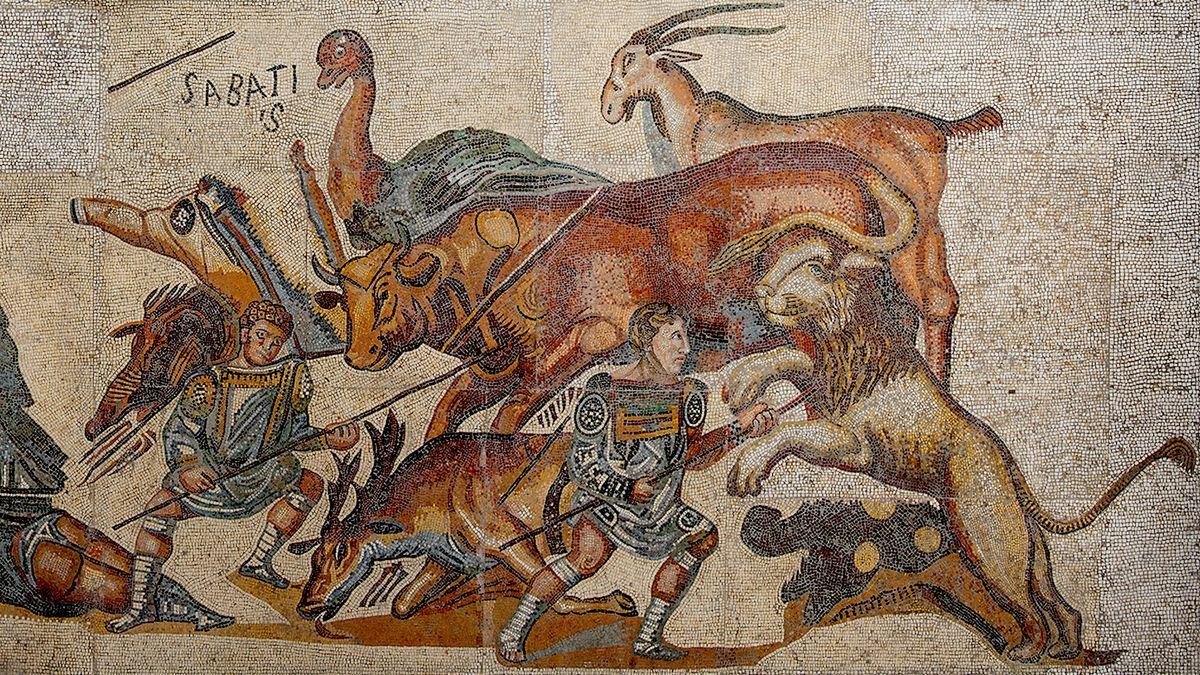Now Reading: Study Suggests Gladiator Killed by Lion in Roman Britain 1,800 Years Ago
-
01
Study Suggests Gladiator Killed by Lion in Roman Britain 1,800 Years Ago
Study Suggests Gladiator Killed by Lion in Roman Britain 1,800 Years Ago

Speedy Summary:
- A study identifies bite marks on a 1,800-year-old skeleton from Roman Britain, suggesting death due to mauling by a large cat, possibly a lion.
- Mixed scholarly opinions exist on whether the individual was a gladiator or a condemned prisoner.
- Decapitation of the man occurred either to hasten death or as part of Roman burial practices; he was between 26 and 35 years old.
- The cemetery in York contains burials resembling injuries associated with gladiators. Researchers believe it could be evidence for human-animal combat during the Roman period.
- Bite marks are consistent with those made by large cats. Alternative theories include wolves being responsible for the tooth marks.
- Transportation of exotic animals like lions to York during Roman times likely involved extensive logistical efforts via established routes across Europe and north Africa.
Related Image: Mosaic depicting men fighting beasts during the Roman era.
!Roman-era mosaic
bone from skeleton showing identified bite marks.
!Bite-marked bone
Indian opinion Analysis:
The findings offer new insights into ancient practices associated with both gladiatorial fights and punishment rituals in the Roman Empire. For India,this provides outlook into how societies historically treated entertainment and capital punishment-a contrast to India’s ancient heritage emphasizing less violent sports like wrestling alongside non-lethal punitive measures found in texts like Manusmriti.
The study demonstrates complex logistics behind transporting animals across continents-an example relevant even today as India grapples with ecological preservation versus international wildlife trade challenges. It also reminds us of humanity’s past fascination with power-symbolic creatures such as big cats, much like India’s role in safeguarding tigers through conservation efforts.The scholarly debate over interpretation underscores how archaeological evidence can draw diverse interpretations based on cultural understanding-a vital reminder for contemporary historians studying India’s own multifaceted history where numerous colonial records similarly invite contested readings.

























